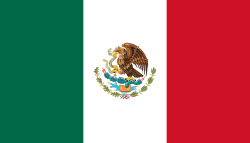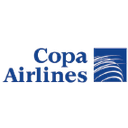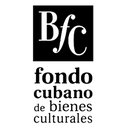Executive Secretary

IV International Conference on Sustainable Energy Development
CIDES 2025
This work focuses on the design, manufacture, and validation of a vertical wind rotor with curved blades based on the Fibonacci spiral geometry and aspect ratio considering the golden ratio, supported by laboratory tests in a wind tunnel and real operating conditions.
To study the behavior of the rotor, a statistical design of factorial experiments N=3K is established, with a number of factors or input variables (K) equal to Two. These factors are: number of blades (NA) 2, 4 and 6, wind speed (Vv), minimum level 6.4 m/s, medium level 7.6 m/s and high level 8.8 m/s. Output variables: wind power (Pe), rotor power (Pr), the TSR (Tip-Speed Ratio); turbine efficiency as a function of the power coefficient (Cp) and rotational speed (rpm). A wind tunnel was used for these effects, which allows varying the wind speed in the range of 2.5 to 10 m/s. Empirical mathematical models show the influence of the factors under study on power, efficiency, turbine revolutions and TSR. The results show an efficiency of Cp=0.55 to 0.57, a wind power of 0.588 kW to 1.586 kW, a power in the rotor of 0.344 kW to 0.887 kW; a TSR= 0.64 to 0.85 and angular speed of 155.6 rpm to 288.62 rpm. The proposed rotor is efficient for the generation of energy in mini-wind systems and mini-wind-solar hybrid systems.
El presente trabajo se centra en el diseño, fabricación y validación de un rotor eólico vertical de álabes curvos basado en la geometría de la espiral de Fibonacci y relación aspecto considerando la proporción áurea, respaldada por ensayos a nivel de laboratorio en túnel de viento y condiciones reales de explotación.
Para estudiar el comportamiento del rotor se establece un diseño estadístico de experimentos factorial N=3K, con un número de factores o variables de entrada (K) igual a Dos. Tales factores son: número de álabes (NA) 2, 4 y 6, velocidad del viento (Vv), nivel mínimo 6.4 m/s, nivel medio 7.6 m/s y nivel alto 8.8 m/s. Variables de salida: potencia eólica (Pe), potencia del rotor (Pr), el TSR (Tip-Speed Ratio); eficiencia de la turbina en función del coeficiente de potencia (Cp) y velocidad de rotación (rpm). Se utilizó un túnel de viento para tales efectos que permite variar la velocidad del viento en rango de 2.5 a 10 m/s. Modelos matemáticos empíricos muestran la influencia de los factores objeto de estudio sobre la potencia, la eficiencia, las revoluciones de la turbina y el TSR. Los resultados muestran una eficiencia de Cp=0.55 a 0.57, una potencia eólica de 0.588 kW a 1.586 kW, una potencia en el rotor de 0.344 kW a 0.887 kW; un TSR= 0.64 a 0.85 y velocidad angular de 155.6 rpm a 288.62 rpm. El rotor propuesto resulta eficiente para la generación de energía en sistemas de mini - eólica y sistemas híbridos mini-eólico-solar.
About The Speaker

Jose del Carmen Onofre Lopez

Discussion






